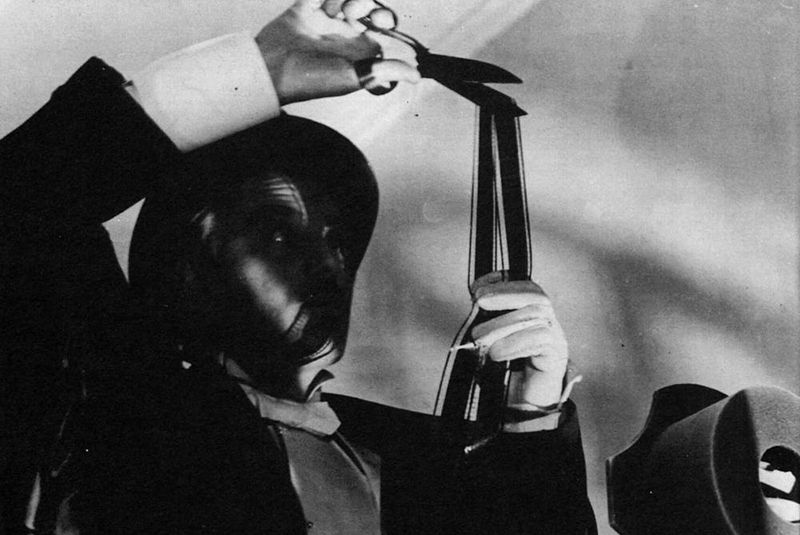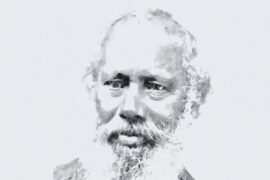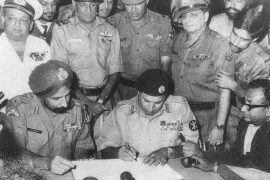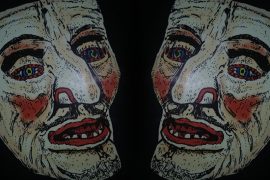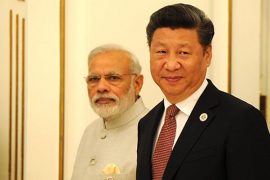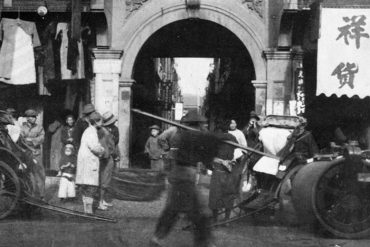In 1994, Shekhar Kapur’s film, Bandit Queen, was banned in India; a few years later, Phoolan Devi graced the Lok Sabha Chamber as a Member of Parliament. Mira Nair’s Kama Sutra: A Tale of Love got caught up with a ban in 1996 in a country which gave to the world Kama Sutra. In 2008, it was Nandita Das’ Firaaq that invited the censor’s wrath for ‘hurting the sentiments’ of Hindus and Muslims on a story that reportedly portrayed actual events during the Gujarat riots.
Weird are the ways of the Censor, if one were to take a look at the long list of films that were banned in India after the Cinematograph Act found its way into the statute book a hundred years ago – in 1918.
Sample this: A response to a recent RTI inquiry reveals that the Censor Board had refused to give a certificate for release to 793 films over a period of 16 years from 2000. In 2015-16 alone, 153 films were banned, the maximum number of films to be banned in one year. Some of these films were sexually explicit and violent with suggestive titles like Adamkhor Hasina, Qatil Shikari and Pyasi Chandani.
As India wrapped up 100 years of the Cinematograph Act whose purpose, ostensibly, was protecting the public from indecent or other objectionable films, it will be interesting to look back at its history.
Copyright©Madras Courier, All Rights Reserved. You may share using our article tools. Please don't cut articles from madrascourier.com and redistribute by email, post to the web, mobile phone or social media.Please send in your feed back and comments to editor@madrascourier.com

